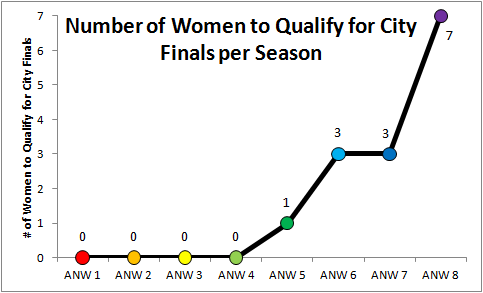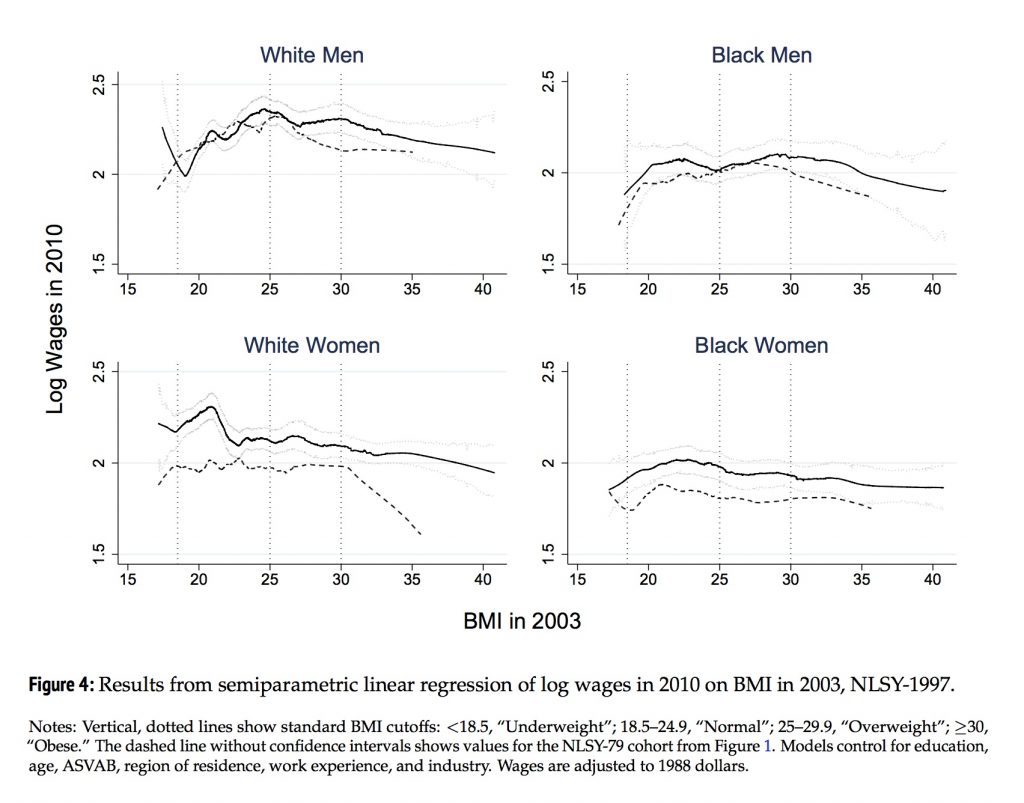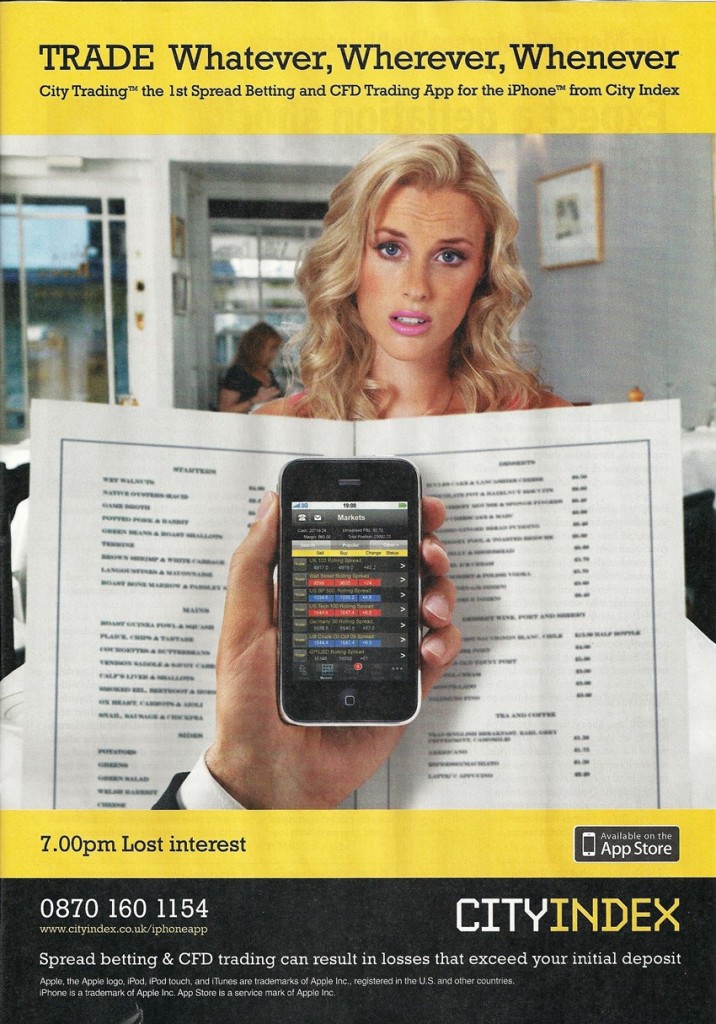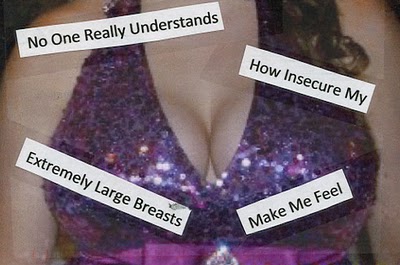A recent photo from Dina Litovsky showing a model’s inflamed feet in slingback heels went viral, with reposts from National Geographic and a whole host of Instagram influencers. The photo garnered just over 500k likes and comments criticizing the prioritization of beauty over pain. This is not the first time these images have gone viral. In Louis Vuitton’s 2012 show in Paris, photos of runway models’ battered and bruised feet made the rounds.
Photo by Dina Litovsky – see reflections, and even more images of the modeling industry, on the Substack here
Models can and have refused to wear outrageous shoes, but they risk paying the price by being judged as unprofessional, especially models with low status and prestige within the industry. The industry often praises models for their ability to endure long shoots and poses overtly or subtly contortionist. Yet measuring professionalism by a model’s willingness to endure pain demonstrates the toxicity of professional status at the cost of one’s wellbeing. Phrases like “beauty is pain” and “look good, feel good” link one’s appearance to their inherent value and capabilities. On the catwalk, the consequences of professional norms skew models’ agency, and prices of pain are paid to justify, uphold, and maintain a professional image.
These runway shoes teeter between symbols of empowerment and oppression, as models embody cultural ideals of gender, race, class, and sexual identity. Simultaneously, their personhood is commoditized as “aesthetic laborers.” Empowered by the high fashion industry’s exclusivity and idealism, models experience dogged yet isolating work conditions. These images serve looks, but also serve as reminders of social expectations of beauty that reinforce of cultural standards shaped by power, race, and status. Sociologist Ashley Mears’ ethnography of models, Pricing Beauty, argues these ideals become prescriptive shaping cultural expectation of how people should look and be.
The struggle spreads from the fashion industry to the everyday consumer. In her essay “Always Be Optimizing,” Jia Tolentino connects pain and suffering to self-optimization. Narrating her experience and research on intense Pilates and barre workouts, Tolentino argues that gendered beauty ideals have transformed into a pursuit of optimization that hides oppressive cultural beauty standards. These painful practices are obscured as self-care, sweating it out, and getting a toned and sculpted body. Important here is the illusion of “agency” in doing “self-care” and choosing to “optimize” or improving one’s womanly figure. These lures of “look good feel good” and cultural expectations of beauty and that “beauty is pain,” justify the aches and pains from working out. Shoes are both a vehicle for our feet and for gendered cultural and societal expectations, standards, and ideals worthy of praise.
Rachel Bickelman is a MA and PhD student at University of Massachusetts Boston.



/cdn.vox-cdn.com/uploads/chorus_image/image/49994069/Screen_Shot_2016-06-30_at_10.05.58_AM.0.0.png)






